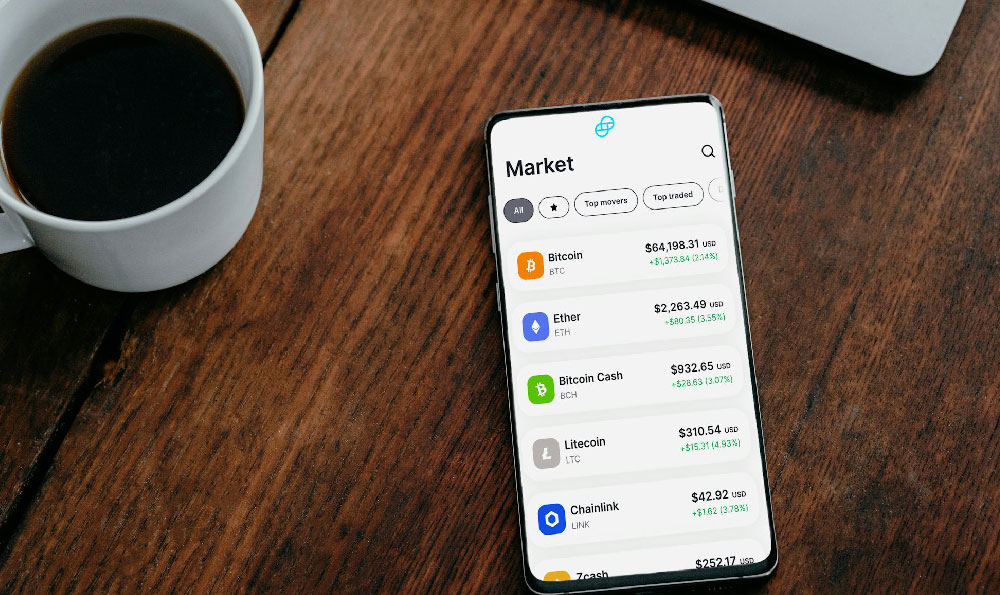How does the Flip app generate revenue, and what is its monetization strategy?
Flip, a popular shopping and rewards app, leverages a multi-faceted approach to generate revenue and sustain its business model. Understanding these strategies is crucial for both app users seeking to maximize their benefits and investors evaluating Flip's long-term viability. The core of Flip's monetization strategy rests on affiliate marketing, a common and effective method in the e-commerce landscape. When users discover products and deals through the Flip app and subsequently make purchases from partner retailers via the provided links, Flip earns a commission on each successful transaction. This commission-based revenue model directly ties Flip's financial success to the volume and value of purchases made through its platform, incentivizing the app to showcase appealing products and deals to its user base. This affiliate revenue stream is diversified across a broad network of retailers, mitigating the risk associated with reliance on a single or limited number of partners. The app integrates with numerous e-commerce platforms and brands, ensuring a consistent flow of product listings and deals. The scale of this affiliate network allows Flip to cater to a diverse range of consumer preferences, further enhancing its potential for revenue generation.
Beyond simply directing users to external retailers, Flip also incentivizes users to engage with the app and its features, directly and indirectly contributing to revenue generation. The rewards system, a cornerstone of the Flip app, plays a significant role in driving user activity and transaction volume. Users earn points or cashback for various actions within the app, such as discovering and viewing deals, participating in daily challenges, referring friends, and, most importantly, making purchases. These earned rewards can then be redeemed for gift cards, merchandise, or other benefits. While these rewards represent a cost to Flip, they are strategically designed to foster loyalty, increase user engagement, and ultimately drive more transactions through the app, thereby offsetting the expense and contributing to net revenue growth.
Furthermore, Flip likely benefits from data aggregation and analytics. By tracking user behavior within the app, including browsing patterns, preferred product categories, purchase history, and engagement with specific deals, Flip gathers valuable data about consumer preferences and market trends. This data can be anonymized and aggregated to create insightful reports that are then sold to retailers and brands. These reports provide these businesses with valuable information to optimize their marketing campaigns, product offerings, and overall business strategies. Selling such data analytics provides another revenue stream for Flip and further solidifies its position as a valuable partner for retailers looking to enhance their understanding of consumer behavior. The value of this data lies in its potential to improve marketing effectiveness and ultimately drive sales for the businesses that utilize it.

Advertising also plays a role in Flip's revenue generation strategy, albeit perhaps less prominently than affiliate marketing. While the app is designed to prioritize showcasing deals and products from partner retailers, it likely incorporates targeted advertising placements. Brands can pay to promote their products or deals more prominently within the app, ensuring greater visibility to Flip's user base. This advertising revenue stream can take various forms, including sponsored listings, banner ads, or featured product placements. By carefully managing the advertising placements to avoid disrupting the user experience, Flip can generate additional revenue without alienating its users or compromising the app's core value proposition.
In addition to these primary revenue streams, Flip might explore or already be leveraging other monetization strategies. Premium subscriptions are a possibility, offering users enhanced benefits such as exclusive deals, higher cashback rates, or ad-free experiences. While there isn't definitive public information confirming this, it's a common tactic among similar apps to cater to their most loyal and engaged users. Strategic partnerships can also provide avenues for revenue generation. Collaborations with specific brands or retailers could involve exclusive product launches, co-branded promotions, or unique reward programs, creating mutually beneficial arrangements that drive traffic and sales for both parties.
Finally, it is crucial to acknowledge the less obvious, yet vital, role of user acquisition and retention in Flip's overall monetization strategy. The app's value proposition is directly tied to the size and engagement level of its user base. The more users actively using the app, discovering deals, and making purchases, the greater the potential revenue generated through affiliate marketing and data analytics. Therefore, Flip invests in marketing and promotional activities to attract new users and incentivize existing users to remain active and engaged. This could involve running social media campaigns, offering referral bonuses, or continuously improving the user experience to ensure the app remains a valuable tool for shoppers.
In conclusion, Flip's revenue generation strategy is a multifaceted approach that combines affiliate marketing, rewards programs, data analytics, and targeted advertising. The app's success hinges on its ability to drive traffic to partner retailers, incentivize user engagement, and leverage data to provide valuable insights to businesses. The diversification of revenue streams and the focus on user acquisition and retention are crucial for ensuring the long-term sustainability and growth of the Flip app. By understanding these strategies, users and investors can gain a better appreciation for the value proposition and business model of Flip.















